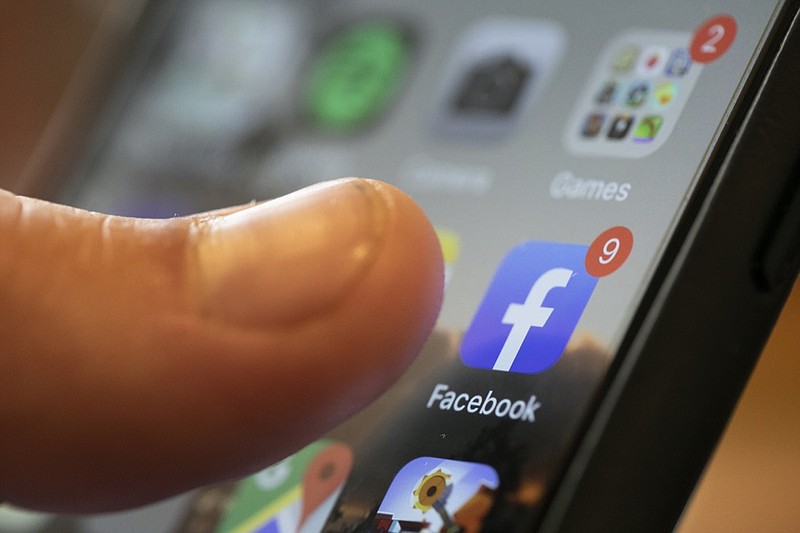Last year made it feel as if the U.S. was a nation in steep decline. And in some worrying ways it is. But looking back on 2020, and looking ahead to 2021, there are signs that the country has robust reservoirs of strength and effectiveness that will cause it to outperform the gloomiest expectations. It may not be morning in America yet, but it's past midnight.
The clearest example is the vaccination race. Despite problems with the initial rollout, the U.S. public health system has now found its feet and is putting about 1.2 million shots into arms per day - not far short of President Joe Biden's target of 1.5 million. Around the world, only a few countries have administered shots to more of their population than the U.S. has - and of those, all except the U.K. are very small.
Notably, China is lagging far behind the U.S. in the vaccination drive despite getting a considerable head start on development. The country's vaccines, which used an older technology than the U.S. shots and may have been subject to less reliable trials, have unclear efficacy.
In economic terms, the U.S. has taken a big hit from COVID-19, including a recent downturn from the big winter wave. But whereas the American economy was lagging other rich nations as of summer 2020, it's now recovered to an average performance:
U.S. manufacturing has already started bouncing back, with strong growth in late 2020. If the U.S. continues to win the vaccine race, it could do even better, since fear of the virus is what hurts economies.
The most vulnerable Americans have been hit the hardest by COVID-19 - a pattern that is unfortunately typical of economic calamities. But the surge in poverty has only brought the U.S. back to the levels of 2018.
The reason poverty hasn't fallen more is that the U.S. has been very generous with government financial aid - partially reversing a typical pattern of stinginess and partisanship. Though the most effective relief measures were cut off too early in the summer of 2020, the Cares Act spent so much that American incomes rose in the second quarter of 2020, performing better than any other OECD country except Canada. The more recent relief bill will help preserve this record, as will any bill that Biden passes.
All in all, despite the summer slump, the COVID relief spending effort has showcased a surprising amount of bipartisan cooperation and congressional effectiveness - two things the U.S. has not exactly been known for in recent decades.
In addition to all this, the U.S. looks like it's finally getting serious about addressing its biggest long-term challenge - climate change. The bipartisan COVID relief bill passed in December also included significant measures to fight greenhouse emissions. It included $35 billion of new government investment in solar, energy storage and other green energy technologies, tax credits for solar and wind, and a phasing out of hydrofluorocarbons (a greenhouse gas used in coolants). And that was done under the Trump administration, with Republican support; Biden's plans are even bolder.
Moreover, the global fight against climate change has been advanced immeasurably thanks to American science, technology and industry. It was U.S. government-funded research that drove drops in solar cost between 1980 and 2000, and U.S. installation of solar at large scales helped continue the decrease afterward. Meanwhile, American science and the industrial leadership of Tesla Motors have driven down the cost of batteries as well.
All this isn't to paper over the still-huge weaknesses and dysfunctions plaguing the U.S. Costs for health care, infrastructure, housing construction and higher education are far higher than in the rest of the developed world. The country's bureaucracy has suffered from years of neglect, disinvestment and political meddling. Polarization remains dangerously high.
But those who worry that the U.S. is in terminal decline should take heart. The nation's fundamental strengths remain, and many of its biggest challenges are being addressed by science, industry and government.
Bloomberg
